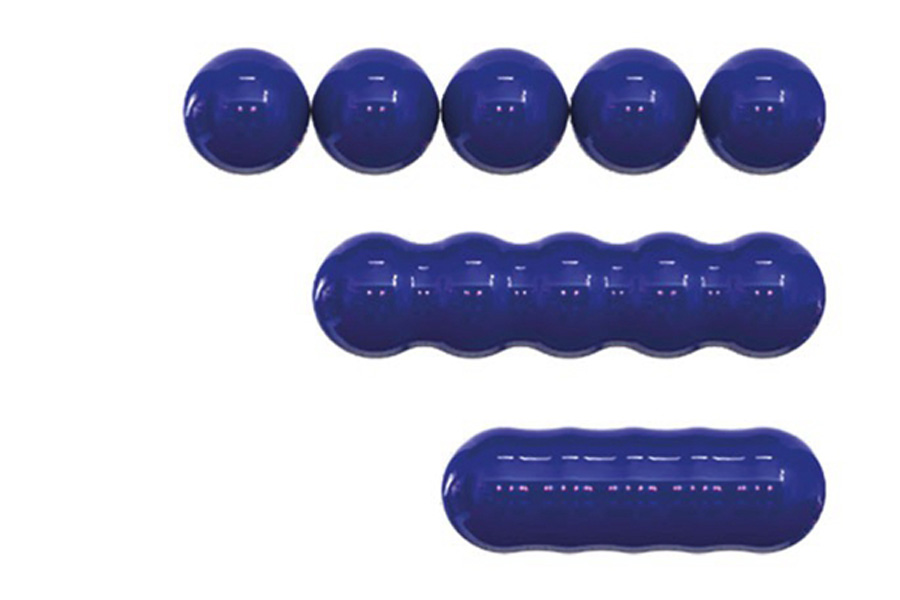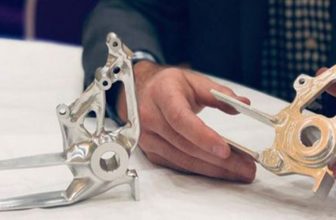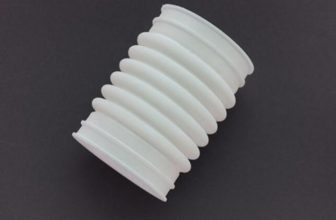
Due to the realization of very complex product manufacturing, metal 3D printing technology based on the powder bed fusion (PBF) process not only makes the manufacture of complex products more feasible, but also creates greater comprehensive economic benefits around the product life cycle .
In terms of power equipment, the products achieved by PBF technology do not remain in the concept development stage, but have entered space with rockets and spacecraft, as the aircraft soars in the sky, and play a “four or two strokes” in the field of power generation. Benefit magnification. The next generation of products created by 3D printing have greatly improved the level of human use of resources, and all of this has come to us. There are numerous successful cases, such as the well-known GE 3D printing fuel nozzles in the industry, and the well-known SpaceX, NASA, GE, Siemens, etc. through 3D printing continue to break through the performance limits of next-generation spacecraft, commercial aircraft, gas turbines and other products.
In this issue, I am also sharing a case of powder bed selective laser melting 3D printing technology in power equipment manufacturing. The application object is a kind of additive manufacturing micro-turbine. This application embodies the advantages of powder bed technology to achieve complex products. The product development team closely follows this advantage and proposes an innovative micro-turbine design scheme.
Design optimization goals
Turbines manufacturing company Sierra Turbines has proposed design optimization goals for micro-turbines. Compared with the current most advanced micro-turbines, the design optimization needs to achieve the following points:
The interval between overhauls has been extended by 40 times;
Thrust-to-weight ratio (or power-to-weight ratio for turbine power generation applications) increases;
The unit cost of machines with similar power is reduced.
Achieving these goals requires the efficiency of each component and system in the microturbine to be improved. Selective laser melting 3D printing technology has brought optimization space for the design of this micro-turbine core machine. The development team has obtained a series of advantages by using this technology and the design for additive manufacturing.
Reduced number of parts
The Aurelius Mk1 core machine of additive manufacturing uses one part, which replaces the parts that required 61 parts to assemble in the past. Under the traditional design and manufacturing method, 61 assembled parts involve the production and transportation of different raw materials, the use of different processes to manufacture individual parts, as well as the assembly of parts, the joints of dissimilar materials, and the dependence on additional seals or fasteners. .
And the core machine of additive manufacturing adopts the design of function integration, and the integrated 3D printing parts do not need to face these problems. This is because reducing the number of parts also reduces the number of joints between parts, thereby reducing the required seals and fasteners. Likewise, reducing joints can eliminate potential leak paths that can negatively affect engine efficiency.
The developer and designer of Aurelius Mk1 micro-turbine said that VELO3D’s metal 3D printing technology has achieved such a high degree of design integration. According to market observations from 3D Science Valley, VELO3D’s metal 3D printing printer is known for its patented SupportFree process to achieve nearly unsupported product geometric freedom, which reduces the need for complex passages, shallow overhangs and low-angle support structures , Which brings the possibility of highly integrated design to the core of the micro-turbine.
The 3D printing material used in this core machine is nickel super alloy, which is the material of choice for the combustion chamber of many large gas turbines.
Achieve design freedom
As we mentioned earlier, the Aurelius Mk1 core machine adopts a highly functionally integrated design, so what functions are integrated in it?
The design and development team reconsidered the fuel spray and flame shape in the combustion chamber. In traditional designs, fuel is injected at many points around the diameter of the combustion chamber, and then these cylindrical flames are stabilized by controlling the air flow around them. In the core machine integrated with additive manufacturing, a 360-degree fuel injection nozzle is integrated. Through the fuel injection nozzle, the fuel can be delivered evenly on the entire circumference of the combustion chamber and pass through the lattice while atomizing. Structure, the annular flame produced is stabilized by the strategic vortex of the air in the combustion chamber.
Design optimization brings performance improvement
The use of additive manufacturing technology brings design optimization space to the core of the micro-turbine, thereby improving the performance of the micro-turbine. Compared with the current advanced turbines, the micro-turbine development team is able to create a more quality-efficient structure, and it is expected that the thrust-to-weight ratio will be significantly improved compared with existing turbines of comparable power.
In addition, thanks to improvements in bearing applications, manufacturing tolerances, lubrication and thermal management functions achieved through additive manufacturing design, it is expected that the overhaul interval of the Aurelius Mk1 core machine will be 40 times that of existing turbines on the market. The goal.
In the future development of micro-turbines, the development team will use additive manufacturing technology to further integrate functions, such as efficient recuperators, embedded sensors, and newer insulation and cooling geometries.





